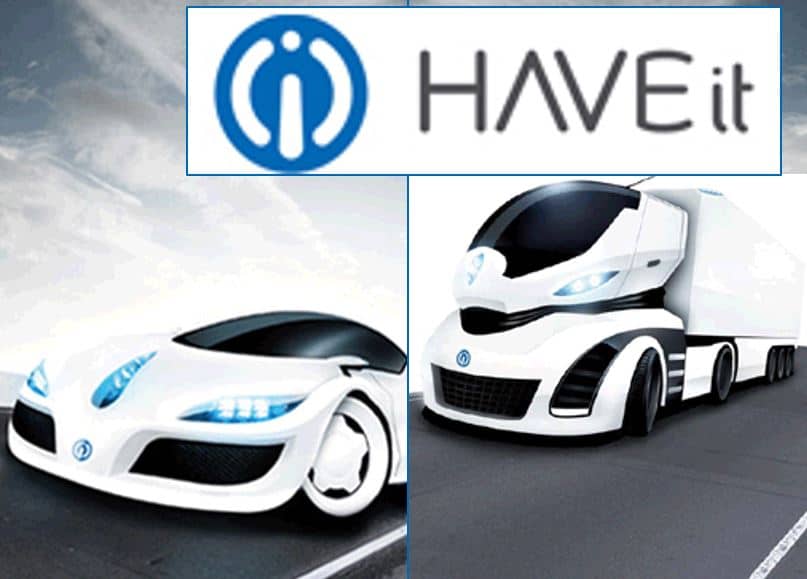
HAVEit (Highly Automated VEhicle for intelligent transport) is a project supported by the European research. This is a project that brings together numerous partners from different countries, mainly from the fields of automotive and electronics embedded. The overall objective of the project is to improve the safety of vehicles (car and truck) via a strong automation of the conduct.
The key points of the Have-it project are as follows:
- develop a “safe” vehicle architecture
- defining a system of passing from the hand of the driver to the PLC
- build applications of these systems highly automated several demonstrator vehicles (i.e. several workpackages and therefore several teams working in parallel) to prove the feasibility of the concept.
Knowllence consultants are involved in this European project to help the various actors to properly define the specifications of the product on which they will work for three years. To do this, Knowllence has proposed an approach of specification based on the methods of Functional Analysis and system engineering, and on Knowllence software to ensure consistency of the product development requirements of each partner.
We have proposed a specification management through the collaborative platform TDC System that allows to keep the confidentiality of certain parts of the studies of External and internal Functional Analyses, thanks to extensive rights and access to different information management. To structure this, specifications were structured through two stages:
- Realization of a specification base common to all partners (called generic study)
- Realization of detailed and specific to each partner specifications
As the participants were not at all aware of the Functional Analysis of Needs, it was appropriate to focus the beginning of the specs on the implementation of the SADT (Structured Analysis and Design Technic): method that allows tu structure the studied product.
The approach which has been adopted is as follows:
- Realization of the components tree
- Construction of SADT without formulating precise functions (based on the components for each of boxes)
- Formulation of the functions in the SADT and so functional tree, which allows to go up the Functional Analysis (internal & external)
- Generic characterization functions and interactors
- Transcription of SADT into Functional Block Diagram (FBD) for the contact functions that are unavailable in the SADT components
- Generic characterization of the components and the contact functions between them.
We used Need software for the External Functional Analysis and Structure software for the Internal Functional Analysis (FBD and SADT).
Once carried out start specifications, their monitoring and ensuring the consistency of information were incurred by the TDC System platform collaborative throughout the project.
The project was still ongoing, the results are for the moment still partial:
- The specifications of the project were clearly formalized
- The guarantee of coherence when changes in the specifications will be provided by TDC System for the continuation of the project.
In addition, the intervention of Knowllence in this project has allowed to reconcile the various partners on the overall structure of the system, then declined by each team.
To learn more: www.haveit-EU.org
